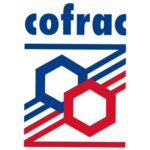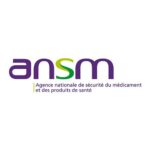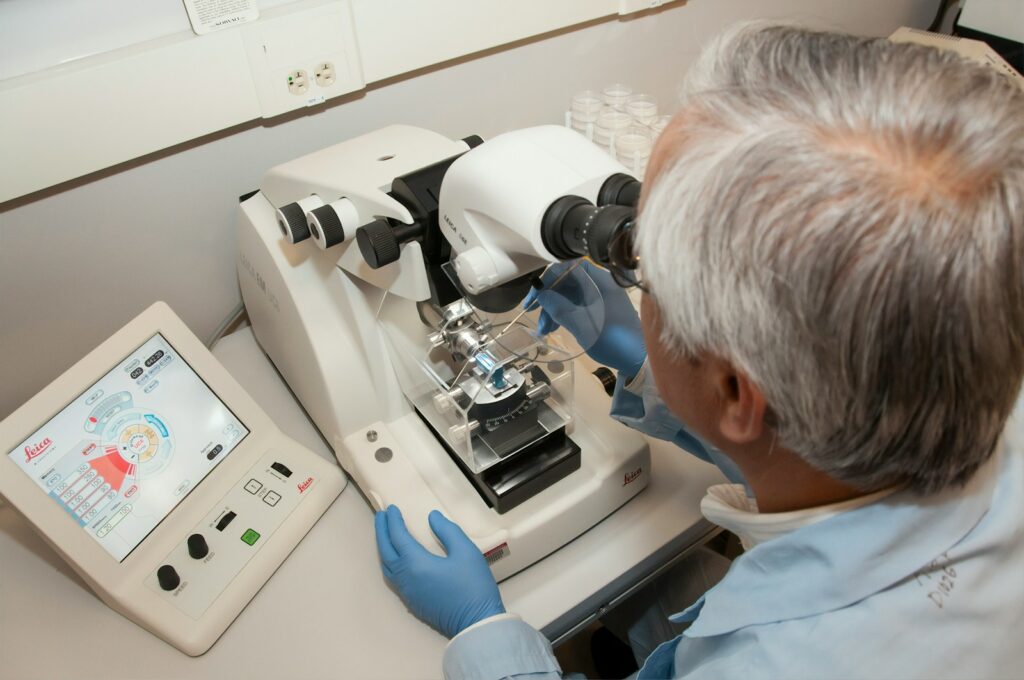Services
Cutting-Edge In-Vitro Testing & Expertise
Comprehensive in-vitro safety testing and genotoxicity expertise
OUR SERVICES
Trusted excellence
OUR LABELS AND CERTIFICATIONS
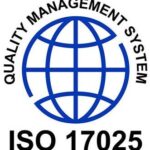
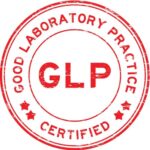

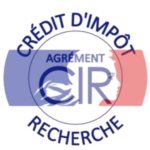
What our clients say about us
Knowledge center
AN HUB FOR INSIGHTS AND EXPERTISE
Click here to access exclusive resources to stay ahead in innovation and safety


